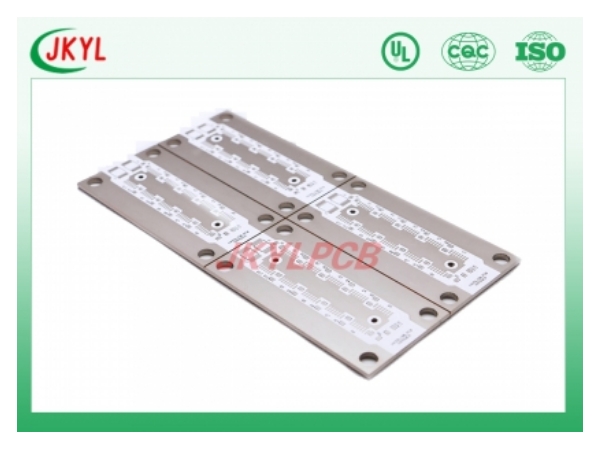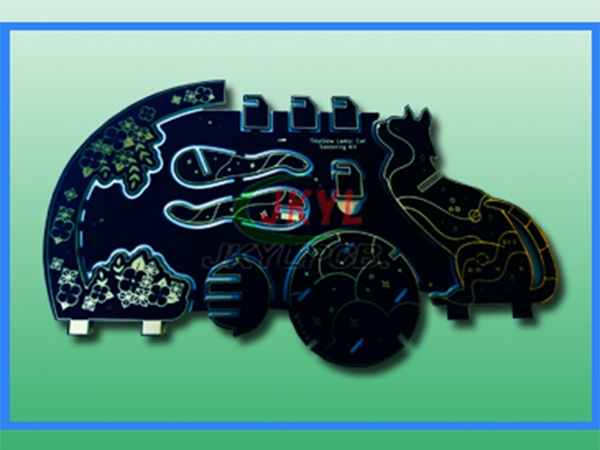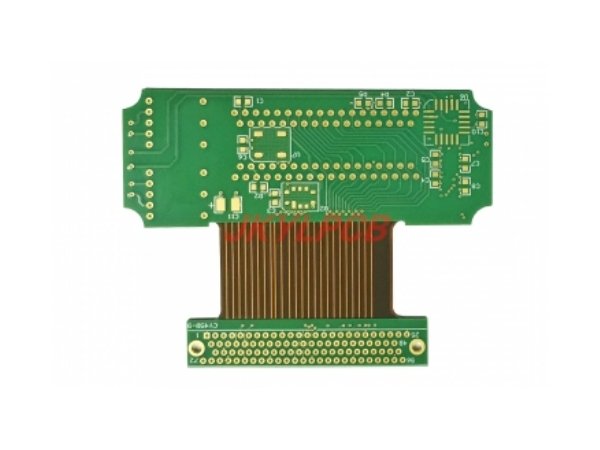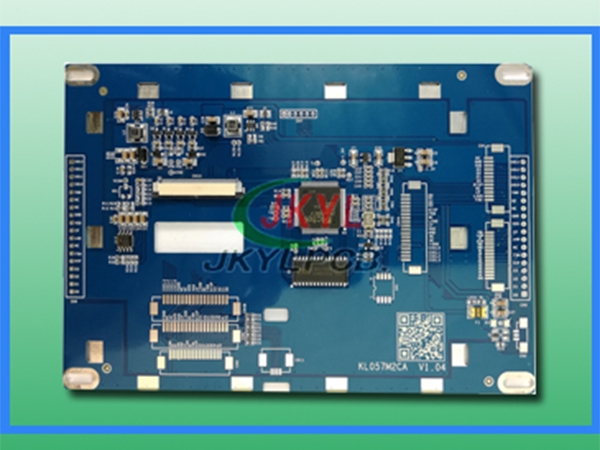When PCB engineers do PCB design, they often encounter various safety spacing problems. Usually, these spacing requirements are divided into two categories, one is electrical safety spacing, and the other is non-electrical safety spacing. So, what are the spacing requirements for designing PCB circuit boards?
1. Electrical safety distance
1. Spacing between wires: The minimum line spacing is also line-to-line, and the line-to-pad spacing must not be less than 4MIL. From a production point of view, the bigger the better if conditions permit. General conventional 10MIL is more common.
2. Pad aperture and pad width: According to the situation of the PCB manufacturer, if the pad aperture is mechanically drilled, the minimum should not be less than 0.2mm; if the laser drilling method is used, the minimum should not be less than 4mil. The aperture tolerance is slightly different according to the different plates, and can generally be controlled within 0.05mm; the minimum width of the pad shall not be less than 0.2mm.
3. The spacing between the pads: According to the processing capability of the PCB manufacturer, the spacing should not be less than 0.2MM.
4. The distance between the copper skin and the edge of the board: preferably not less than 0.3mm. If it is a large area of copper, there is usually a shrinking distance from the edge of the board, which is generally set to 20mil.
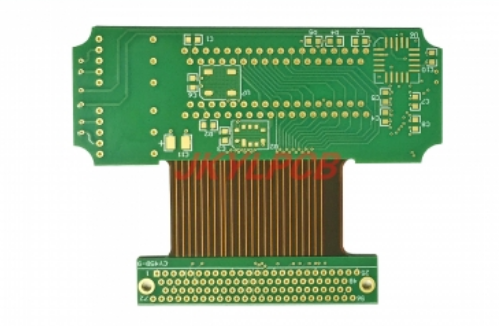
2. Non-electrical safety distance
1. Width, height and spacing of characters: For silk screen characters, conventional values are generally used, such as: 5/30, 6/36 MIL, etc. Because when the text is too small, the processing and printing will be blurred.
2. The distance from the silk screen to the pad: the silk screen is not allowed to be on the pad. Because if the silk screen is covered with the pad, the silk screen will not be able to be tinned when tinning, which will affect the mounting of components. Generally, PCB manufacturers require a spacing of 8 mils. If some PCB board area is very tight, it is acceptable to achieve 4MIL spacing. If the silk screen accidentally covers the pad during the design, the PCB manufacturer will automatically eliminate the silk screen part left on the pad during manufacture to ensure that the pad is tinned.
3. 3D height and horizontal spacing on the mechanical structure: When mounting devices on the PCB, it is necessary to consider whether the horizontal direction and space height will conflict with other mechanical structures. Therefore, when designing, it is necessary to fully consider the spatial structure compatibility between components, as well as between the finished PCB and the product shell, and reserve a safe distance for each target object.
The above are some spacing requirements that need to be met when designing PCB circuit boards. Do you understand?


